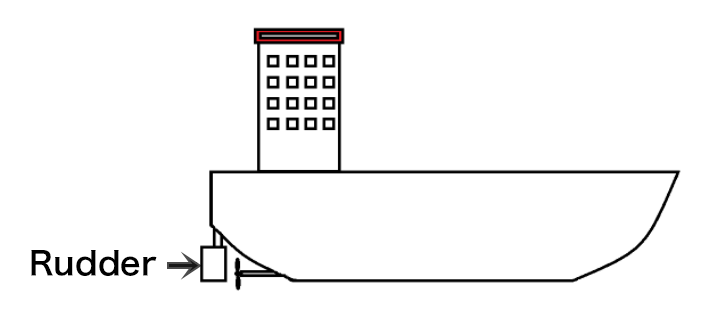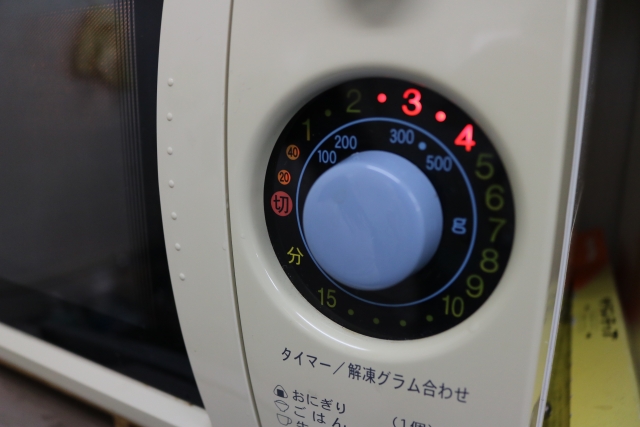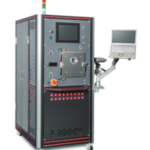In this edition, we will explain about the steering wheel on ships.
Contents
There are 3 steering wheels on the ships.
- Steering wheel to determine the direction
- Telegraph steering wheel to determine engine speed
- Steering wheel to operate the engine
1 Steering wheel to determine the direction

This steering wheel is on the ship’s bridge.
The rudder is at behind the propeller and moves with the rudder wheel.
If the wheel is moved to the right, the rudder moves to the right and the ship also moves to the right.

‘Main rudder full!’ means turn the rudder wheel to the right to the limit.
2 Telegraph steering wheel to determine engine speed

Telegraph steering wheels are on the bridge of the ship, in the engine control room and in the engine room.
Communication is made between the ship’s bridge, the engine control room and the engine room as to how many revolutions the engine should be running.
Telegraph’s main instructions are as follows.
AHEAD
ASTERN
STOP
DEAD SLOW
SLOW
HALF…Half of full speed
FULL
STANDBY…Stand by with the engine able to start at any time.
FINISH WITH ENGINE…Stand by with the engine unable to start.
This communication device is visually based communication equipment.
For example, if you operate to “DEAD SLOW” at the ship bridge, the telegraph in the engine control room and engine room will show the same position “DEAD SLOW” as at the ship bridge.
This telegraph is a very important communication device today.
Before telegraphy, you had to use something like a telephone to give instructions.
The telegraph allows you to see whether the ship is at ‘full speed’, ‘half speed’ or ‘slight speed’, no matter where you are.
3 Steering wheel to operate the engine
This steering wheel is essentially in the engine control room or engine room.
Some ships have this steering wheel on the bridge of the ship.
The engineer who sees the telegraph operates the engine steering wheel to raise or lower the engine speed as instructed by the telegraph.
There are three types of steering wheel for the engine.
Dial-style steering wheel

Just like the old fashion micro wave. The engine speed is controlled by turning the knob.
Maneuvering type

Pulling or pushing the lever controls the engine speed.
Telegraph type

Telegraph steering wheel with additional functions to increase engine speed.
Dial and maneuvering systems are in the engine control room and engine room.
The engineer operates this steering wheel when a request for RPM is telegraphed from the bridge.
The engine speed can be manipulated in detail, but an engineer must always be in the engine control room.
The telegraphic system is computer-controlled and the computer controls the rotation by operating “STOP, DEAD SLOW, SLOW, HALF, FULL” on the ship’s bridge.
The advantage is that the engineer does not have to be present in the engine control room at all times, although unlike the dial and maneuvering types, the engine speed cannot be manipulated in detail.
They are called M0 (M Zero) vessels which is capable for the large volumes of cargo, as they are very expensive to install and maintenance.
SUGA fabricates a wide range of marine equipment as well.
For more information on our marine equipment, Click here.





